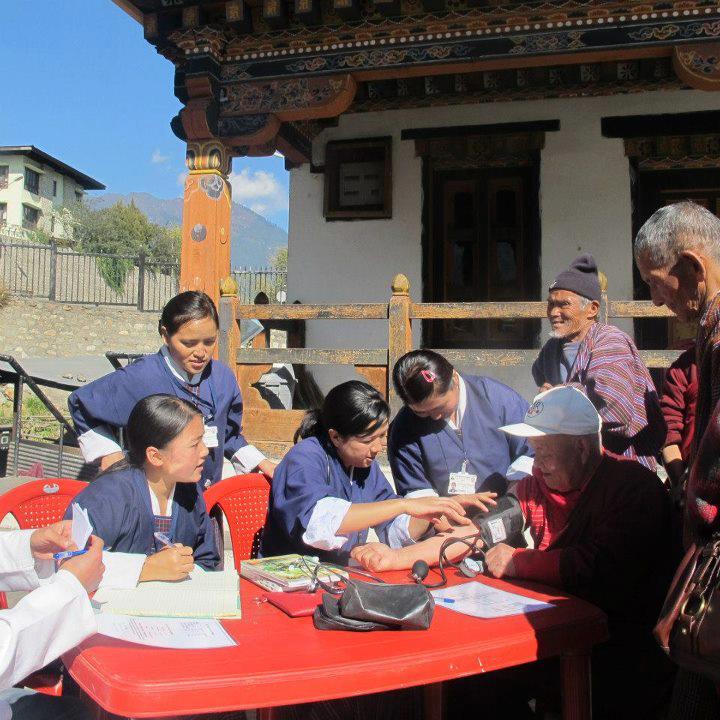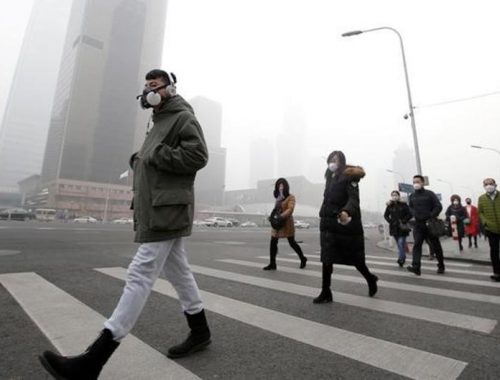by Dechen Tshomo
THIMPU- Some of the health facilities in Bhutan were found to have radiation leakage, according to a preliminary finding of the radiation survey carried out in 2018.
The survey, carried out in all the health facilities in the country that provide radiology service, found that the leakage was from windows, console room, dark room, main door and primary wall.
MRI, CT Scan, Mammography, USG and X-ray are some of the radiology services that the health centres in the country currently provide.
A programme officer with the Department of Medical Services, Pema Yangzom, said that radiation leakage happened because most of the health facilities did not have a proper lead lining of the doors.
Ten health facilities—Jigme Dorji Wangchuck National Referral Hospital, Deothang, Pemagatshel, Gedu, Paro, Samtse, Wangdicholing, Yebilaptse hospitals, Nganglam and Sipsoo BHU Is—were found without lead lining.
During the survey, the components assessed were the accessories, the X-ray rooms including the dark rooms, if they are as per the standard layout. It was also assessed if the primary walls were as per the requirement, if the human resources allocation was adequate, and caseload, among others.
About 58 percent of the 31 health facilities were found satisfactory; 13 were found not satisfactory.
It was found that only a few health facilities used the standard room layout for the X-ray room equipment. X-ray rooms in Deothang, Wangdicholing, Trongsa hospitals, and Nganglam and Dorokha BHU I were found to have inadequate room size.
In terms of the darkroom, nine health facilities did not fulfil the standard. “There was a presence of light and we could see radiation leakage in the darkroom,” she said.
One good practice was that all the health facilities have initiated putting radiation safety signs and indications.
However, it was noticed that the staff were not using PPE (personal protective equipment) when carrying out X-ray.
In terms of providing radiology services, the national referral hospital in Thimphu has the highest workload, followed by Phuentsholing hospital, and the regional referral hospitals in Gelephu and Mongar.
During the survey, ultrasonography (USG) requirements in terms of equipment, infrastructure, human resources and caseload were also assessed.
It was found that the ultrasound rooms were small and congested, the rooms did not have attached toilets and washbasins. There was no ventilation in the USG room, which the health officials claim are unhygienic to the patient and the staff.
The rooms did not have air conditioners. Pema Yangzom said that AC is a must in the ultrasound room to maintain the equipment temperature.
In 2015, Blood Safety and Diagnostic programme with the health ministry, in collaboration with Department of Radiology initiated radiation survey in all health facilities having radiology services to assess, detect and indicate the radiation leakage or hazard presence.
“It is also to ensure the safety of the health workers, patients and those working in the facility,” she said.
Radiation survey is carried out every two years.
Of the two impacts of radiation hazards to health, somatic damage happens when the whole body is exposed to radiation. Genetic damage causes genetic diseases due to radiation hazard.
Some of the health impacts due to radiation exposures include cancers, cataract and some kind of skin diseases. It can also be harmful to the fetus at various stages of pregnancies.
Some of the health facilities have very old X-ray machines which frequently breakdown and hampers the services. This is one of the issues highlighted.
Recommendation
The survey recommends that there is a need for the hospital or dzongkhag administration to prioritise radiation safety requirements in the respective hospital or BHU I.
During the planning of new X-ray infrastructure in the health facilities, it is recommended that the radiology programme should be consulted as they have standard X-ray room layout.
Additional staff requirement in hospitals or BHU Is with higher workload needs to be considered.
Except for the referral hospitals, she said that most of the health facilities had only one HR where the person had to handle both ultrasound and X-ray.
The country today has a total of 119 radiology staff, of which 48 are Radio-Sonographer and 39 X-ray Technician. “Even with this we are facing a severe shortage in our country,” she said.
Hospital and dzongkhag administration need to support computers and printers for the ultrasound unit to enable easy reporting and also support the requirements for the ultrasound service in the health facilities.
Currently, most of the ultrasound reports are prepared manually and it was found that in doing so, there is an issue of not being able to read the reports. (Kuenel)




